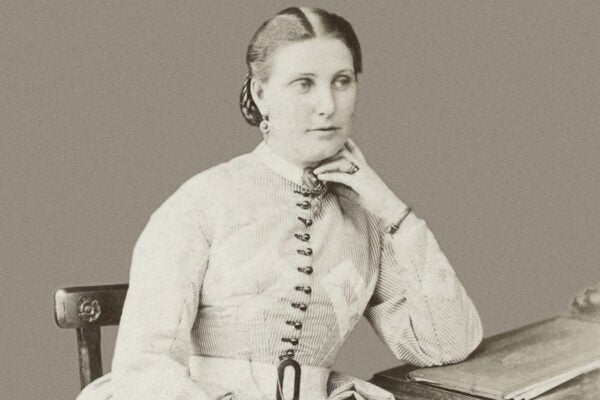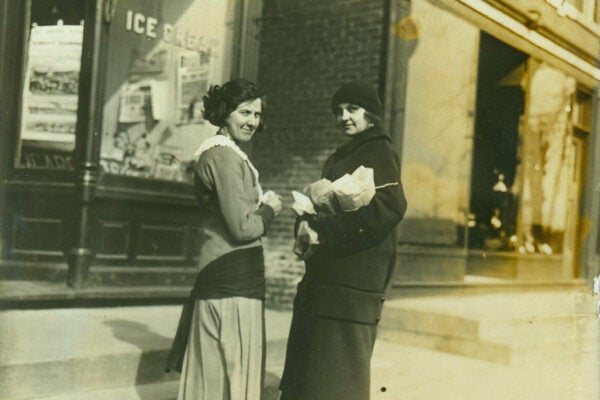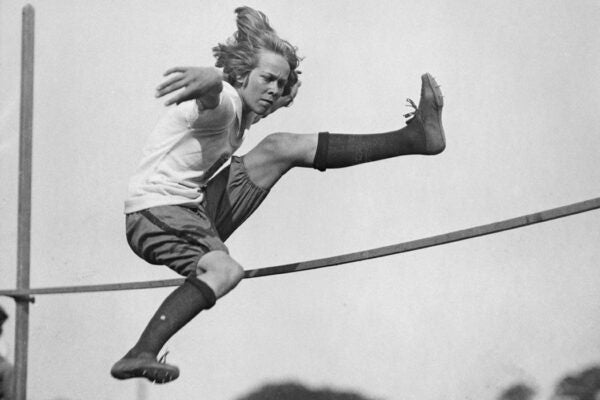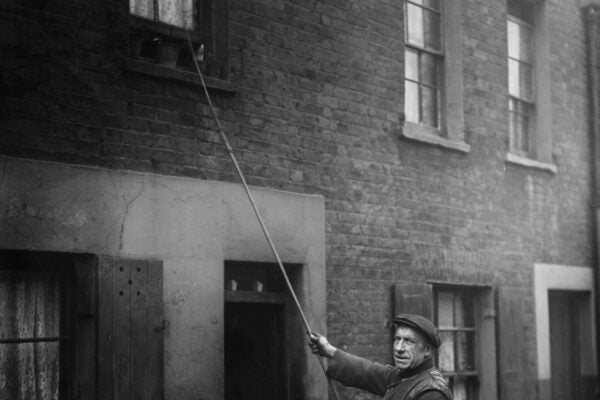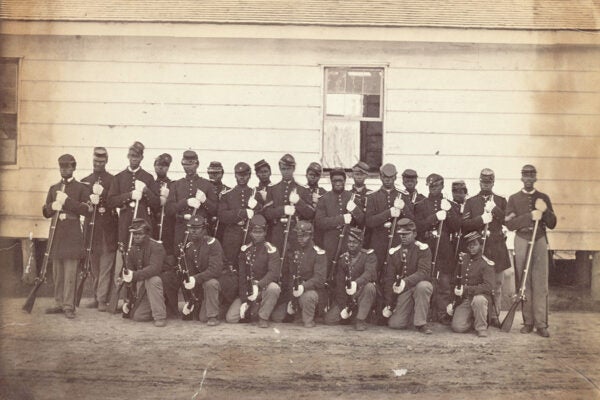Florence Baker, Unsung Survivor
Narrowly escaping slavery herself, Baker risked her life to repress the Saharan slave trade, sought the source of the Nile, and challenged Victorian social conventions.
Gibraltar: Where Two Worlds Meet, the Monkeys Roam
Home to the genetically unique Barbary macaques, Gibraltar serves up an intriguing mix of European cultures to residents and tourists alike.
“A Time To Speak”: Annotated
On September 15, 1963, a bomb killed four Black children in Birmingham, Alabama. Who threw that bomb? Each of us, argued Birmingham lawyer Charles Morgan, Jr.
Vanillagate? Ice Cream Parlors and White Slavery
At the beginning of the twentieth century, there was no more dangerous place for a young white woman than the ice cream parlor.
Electrifying the Arab-Israeli Conflict
Jewish immigrants and British authorities tried to sell electrification as a matter of business while Palestinian Arabs viewed it as a Zionist nation-building project.
Shine On You Eagle Diamond
The year 1893 was a big one for Eagle, Wisconsin. Workers found a huge diamond on the Devereaux farm: sixteen carats, uncut, and now, all these years later, missing.
The Rise of the Domestic Husband
In the late 1800s, advice writers targeting white, middle-class Americans began encouraging men to become more engaged in the emotional lives of their households.
Sport in America: A Reading List
Covering the colonial era to the present, this annotated bibliography demonstrates the topical and methodological diversity of sport studies in the United States.
Who and What Was a Knocker-Upper?
Pour one out for the people paid to rouse the workers of industrial Britain.
The Sanitary Commission’s Other Agenda
The US Sanitary Commission is credited with saving lives during the Civil War, but its leadership hoped it would be remembered for advancing racialized science.
